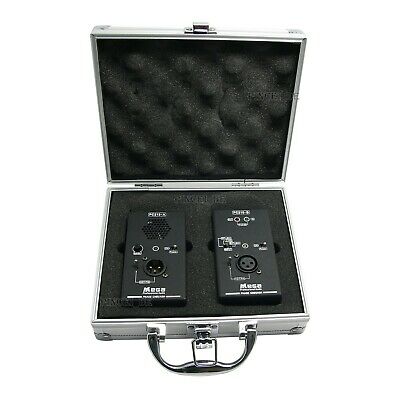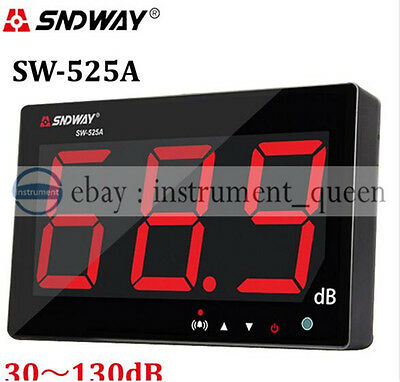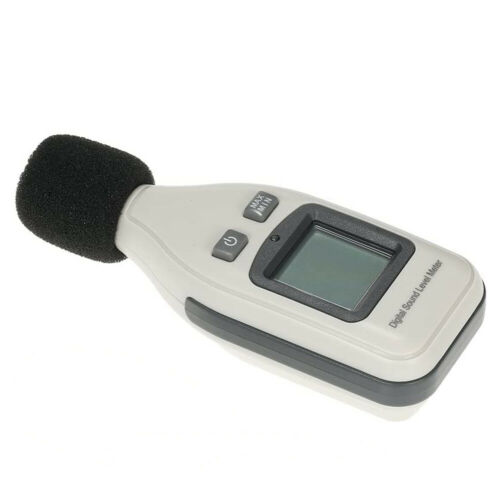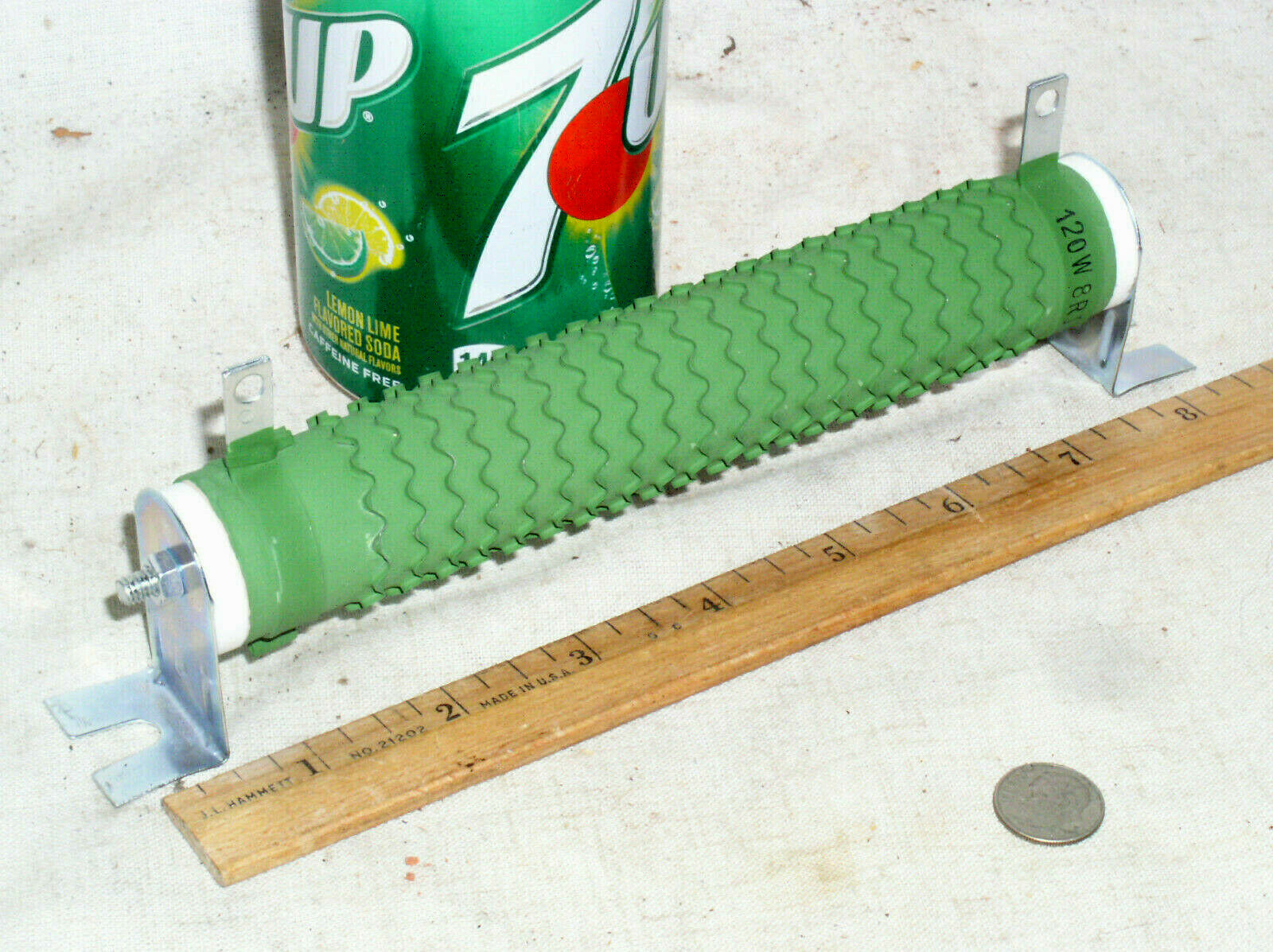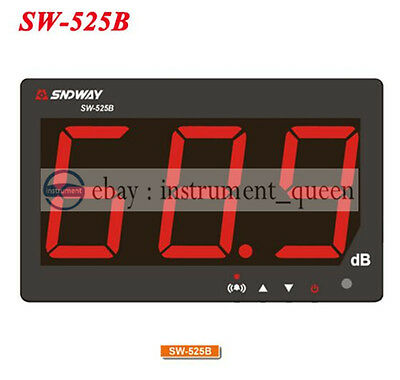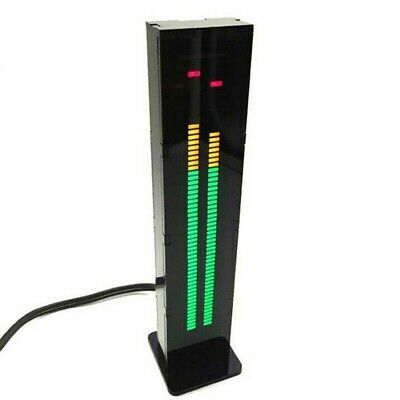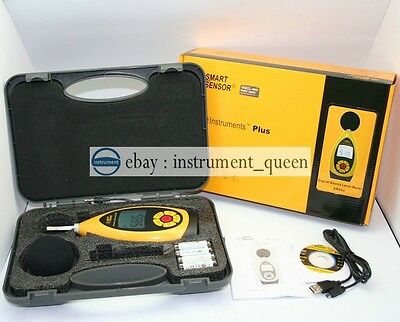-40%
Gold Line - MUSIC 10 Real Time Spectrum Analyzer
$ 224.4
- Description
- Size Guide
Description
For sale is this vintage 1980's Gold Line MUSIC 10 Audio Spectrum Analyzer unit. In very excellent condition, this hand-held tone generator was a standard for studio calibration and remains incredibly useful even today.The purpose of a spectrum analyser is to pinpoint non-linearities in the frequency response of an audio system caused by system inadequacies, speaker placement, or room acoustics, so that a degree of corrective equalisation may be applied.
The usual method of performing this analysis is to inject white or pink noise into the system and then analyse the acoustic energy picked up via a flat response microphone.
Analysis is then achieved by passing the received signal through a set of bandpass filters and examining the signal level in each frequency band.
Pink noise contains an equal amount of energy in every octave and is generally preferred for this type of measurement. White noise contains an equal amount of energy in each cycle (frequency) and, consequently, the high frequencies will contain much more energy than the low ones as there are fewer cycles per octave for the lower frequencies.
As well as having an unnatural frequency distribution, white noise can very easily burn out tweeters due to its high HF (high frequency) content.
The Unit
The Music 10 uses pink noise and the analysis is displayed by means of ten rows of nine LEDs which indicate the sound energy in octave bands from 31Hz to 16kHz.
Each band reads between +3dB and -20dB, and a gain control is fitted so that any reasonable signal level may be accommodated.
The Music 10 is a self-contained, hand held unit which contains the noise source, the microphone and the analyser, and may be powered by means of internal batteries or a mains adaptor. The case is moulded from black plastic and closely resembles one of those Star Trek devices that they point and say 'No sign of intelligent life here captain!'
A red plastic screen covers the LEDs and an edge-operated control allows the gain to be adjusted smoothly.
Controls
Apart from the inevitable on/off switch there is a three position switch which selects fast or slow decay time for the display, or enables the display to be held indefinitely for further examination.
The pink noise output is available via a standard quarter inch jack socket, whilst a mini jack provides a line input so that off-tape signals, for example, may be checked for flat response.
An omnidirectional electret microphone is fitted at the front end of the analyser, positioned to avoid shielding effects from the case, and this is mounted behind a screen to minimise the risk of physical damage.
In Use
Connecting the pink noise output into a good quality domestic hi-fi yielded interesting results. Switching on the analyser, the gain was adjusted so that the LED columns reached approximately the 0dB line and the first noticeable thing was that they did not read very steadily, moving up and down by two or three dB's.
A certain amount of high frequency roll-off is to be expected in larger room's and this is indicated by a guideline on the display. It was difficult to read the constantly moving display but it became evident that at least one prominent peak around 2kHz existed at my listening position, due mainly I think to the speaker positioning, and my proximity to a wall.
Moving the analyser only slightly, yielded different results, underlining the importance of positioning.
The 'hold' mode freezes the current display, but as the readings fluctuate, this does not give a true indication of what is happening. Using the slow decay switch setting gives a slightly better display, but the integration time is still not long enough to obtain conclusively steady results.



